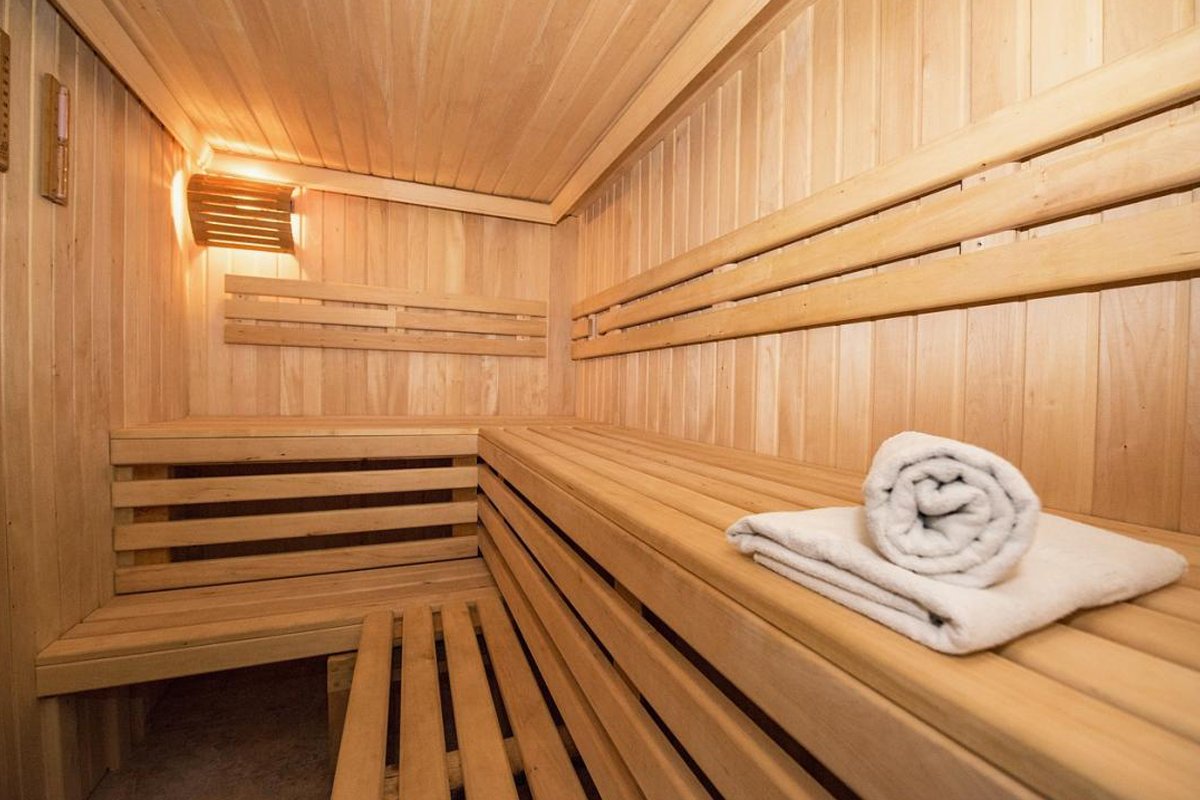
Finnish Study: More Sauna Visits Tied to Lower Stroke Risk
MORE VISITS TO A SAUNA, lower risk of stroke. That’s what a group of researchers found out by examining data on 1,628 adults who were 63 years old on average, no history of stroke, and used a sauna one to three times a week.
For at least 15 years, the study team followed half of the participants. They found out that 155 of those people who only used the sauna once a week had a stroke. People who went to a sauna between four to seven times a week, on the other hand, were 61 percent less likely to have a stroke.
“Since a majority of strokes can be attributed to elevated blood pressure (hypertension), sauna use may reduce the risk of stroke via reduction in blood pressure,” according to Setor Kunutsor of the University of Bristol who is the lead study author of the journal Neurology.
Kunutsor added in an email that it’s possible that saunas might help lower the risk of stroke by reducing inflammation, artery stiffness, and resistance to blood flow through the circulatory system.
The lead study author even mentioned that a sauna is a safe activity and beneficial to our health in addition to its stress-relieving effects. He added that adults should take the results as an encouragement to keep their regular sauna habit.
According to the results of the study, for every 1,000 people who used the sauna per week, the rate is 8.1 strokes per year. That will lower to 7.4 strokes per year if the same amount of people used the sauna two or three times a week.
During the study, the rate of stroke among people who used the sauna at least four times a week is just 2.8 out of every 1,000 people per year.
The study, however, wasn’t a controlled experiment that’s designed to prove how frequenting a sauna can help prevent strokes.
Some people also can’t use a sauna, including individuals who have had a recent heart attack or stroke or suffer from conditions like chest pain, low blood pressure, or acute infections.
People who are novices to sauna are advised to proceed with caution. If recommendations against alcohol use weren’t followed, a single episode might trigger heart problems, dehydration or contribute to a stroke according to the notes of Dr. Josef Heckmann of the Municipal Hospital Landshut in Germany.
“For those who are not familiar with sauna bathing, it is advised to begin with caution, test individual heat tolerance, slowly increase the frequency and intensity of bathing, and ideally combine bathing with leisure physical activity,” according to Heckman and a co-author.
Finally, Kunutsor said that using a sauna shouldn’t replace physical activities especially if people can undertake them.
“They should combine sauna with physical activity,” he said.
via Manila Bulletin / Lisa Rapaport (Reuters)




